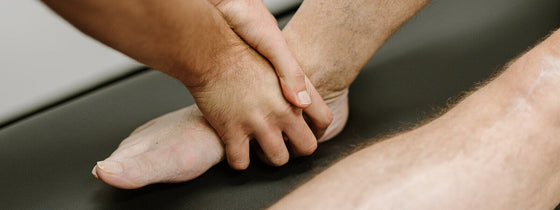What is an ankle sprain?
What should you do?
How can a physiotherapist help?
How to prevent ankle sprains / reoccurring sprains:
Thinking you might need some foot and ankle care ballers? Come and visit one of our experts - our podiatrist and team of physiotherapists can get you back on the court with strong ankles!
If you’d like to know more, call us on 9431 5955 or check out other helpful tips like this on our website. You can also check out our socials to keep up to date with all OHL-related news or subscribe to our community newsletter!

If you're experiencing back or neck pain with neurological signs and symptoms, a thorough neurological examination is crucial for accurate assessment and effective treatment. In this Optimal Tip learn more about what we mean by completing a neurological exam!

Squats, deadlifts, and calf raises are key movement patterns that should be part of every strength and conditioning program—regardless of age and activity level. These functional movements support joint health, improve posture and balance, and reduce the risk of injury while building strength where it matters most.

A ganglion cyst is a fluid-filled swelling that typically forms over a joint or tendon sheath, causing discomfort and pain, especially when pressing against nerves or joints. Proper assessment and treatment, including physiotherapy, are essential for managing symptoms and improving function in the presence of a ganglion in your hand, foot, or wrist.